Patrones has drafted the pattern with a single welt pocket on the center front piece of this princess seam coat, with the pocket placed about one inch from the seamline of center front and side front. Although I finally learned a double welt pocket last year for my green coat I have not yet tried the single welt. Admittedly, this had a bit to do with my reluctance, but honestly I really didn't see the point in creating a weak spot in your fabric by putting in a welt pocket a mere inch from a seam. It seemed much more logical (as well as easier) to put it in at the seam. However, since I wanted this to be nice I decided to put it in as a faux single welt pocket.
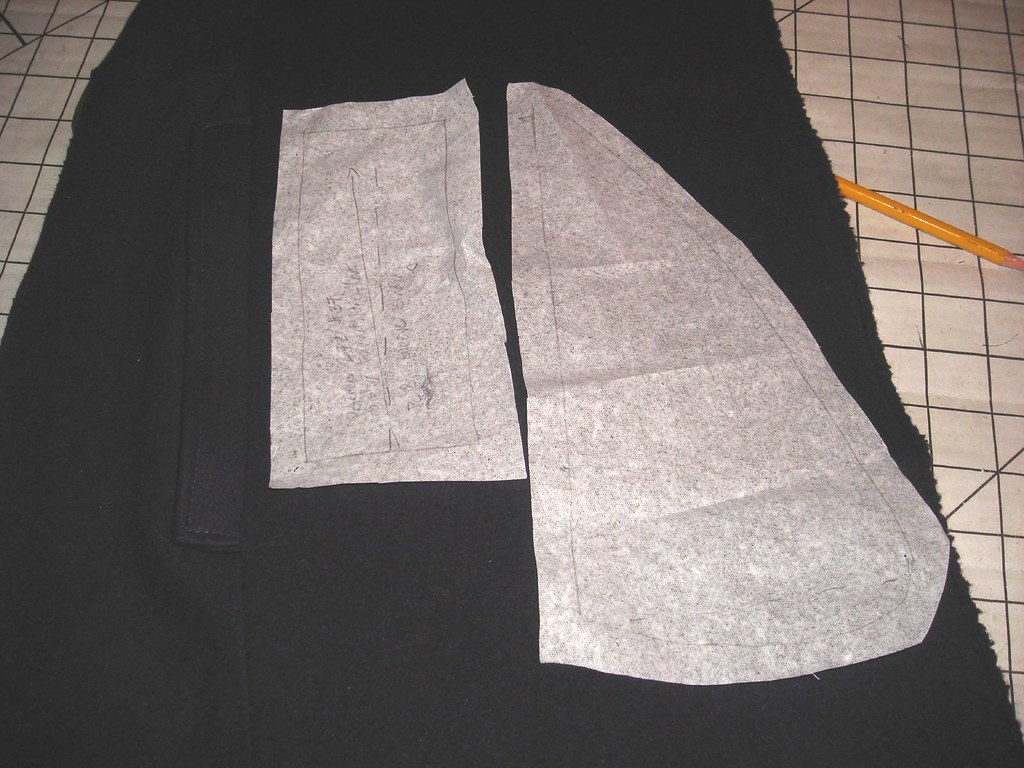 First step was to deal with the pattern. Patrones is generally well drafted, but I don't know what was up with the drafting for the pocket and welt. I'm sorry the image at left is so dark (click to enlarge) but on the far left is the finished welt. It is about 2 1/2 inches longer than the drafted welt (center). The length of the drafted welt was problem #1. I have small hands, but even I would have had a hard time getting my hand into a pocket that narrow, much less while wearing gloves. Then there was the issue of the pocket opening length versus the welt length. I just don't get how they were supposed to match up! I also found the pocket a bit too small for my taste. I want to be able to put my hands all the way into the pockets to keep warm, and keep gloves and kleenex and emergency chocolate in them too.
First step was to deal with the pattern. Patrones is generally well drafted, but I don't know what was up with the drafting for the pocket and welt. I'm sorry the image at left is so dark (click to enlarge) but on the far left is the finished welt. It is about 2 1/2 inches longer than the drafted welt (center). The length of the drafted welt was problem #1. I have small hands, but even I would have had a hard time getting my hand into a pocket that narrow, much less while wearing gloves. Then there was the issue of the pocket opening length versus the welt length. I just don't get how they were supposed to match up! I also found the pocket a bit too small for my taste. I want to be able to put my hands all the way into the pockets to keep warm, and keep gloves and kleenex and emergency chocolate in them too.
So I re-drafted the pocket to be wider and longer, with an opening that actually matched my longer re-drafted welt. After recutting the welt and the pocket back and the pocket front yet again I was finally ready to start putting this thing together!
I had to meditate upon the construction a little bit to think about how to layer the welt and the pocket pieces and which direction all the seams would be pressed to minimize bulk. The biggest bulk issue was the (faux) welt itself, but I realized if I sewed it to the center front piece, when it was folded over the side front piece and topstitched in place the seam allowance would automatically face toward center front where it was supposed to. I wouldn't have to try to iron it into a different direction than the business end of the welt.
 OK, here goes nothing! The first thing I did was carefully, carefully mark the position of the welts on the center front pieces so the pockets would end up parallel to one another. Then I basted the welts in place. Next step was to pin the lining half of the pocket over this, marking the start/stop points of the seamline 1/4 inch from the ends of the welts. As you can see, I had interfaced the lining bits of my pocket. My lining fabric was a slippery, unstable rayon and since the pockets are going to get a lot of wear I wanted to reinforce them.
OK, here goes nothing! The first thing I did was carefully, carefully mark the position of the welts on the center front pieces so the pockets would end up parallel to one another. Then I basted the welts in place. Next step was to pin the lining half of the pocket over this, marking the start/stop points of the seamline 1/4 inch from the ends of the welts. As you can see, I had interfaced the lining bits of my pocket. My lining fabric was a slippery, unstable rayon and since the pockets are going to get a lot of wear I wanted to reinforce them. Next step was to sew the fashion fabric halves of the pockets to the side fronts, after, again, very carefully marking their placement. Because of my limited fabric I used my contrast navy wool instead of the purple wool. When I made my Butterick 4665 corduroy jacket I reinforced the seam along the pocket line with selvage strips to keep it from bagging out. That coat is still going strong and the pockets look great, though I almost always walk with my hands in them. While I figured that the welt would protect the front piece, to keep the side front from stretching along the pocket seam I stitched twill tape along the pocket.
Next step was to sew the fashion fabric halves of the pockets to the side fronts, after, again, very carefully marking their placement. Because of my limited fabric I used my contrast navy wool instead of the purple wool. When I made my Butterick 4665 corduroy jacket I reinforced the seam along the pocket line with selvage strips to keep it from bagging out. That coat is still going strong and the pockets look great, though I almost always walk with my hands in them. While I figured that the welt would protect the front piece, to keep the side front from stretching along the pocket seam I stitched twill tape along the pocket.After all this, all that was left was to sew the front seam, stopping at that marking 1/4 inch in on the welts, and then sewing the pocket bags together. I topstitched the welts upper and lower edges of the welts onto the side fronts to keep them in place.
Well, almost all that was left. I did not participate in the Great Coat Sew Along (blog now open to the public!) because it's just not in my personality to spread a project over months. Four days for a coat is extreme even for me, but a few weeks is more apt. Although I have tremendous admirations for sewists who do perfect, exquisite, ornate tailoring work, it just ain't me. However, I was able to piggyback a bit on all the knowledge shared in the blog (before it was public) through Melissa Fehr's blogging about her warm winter coat.
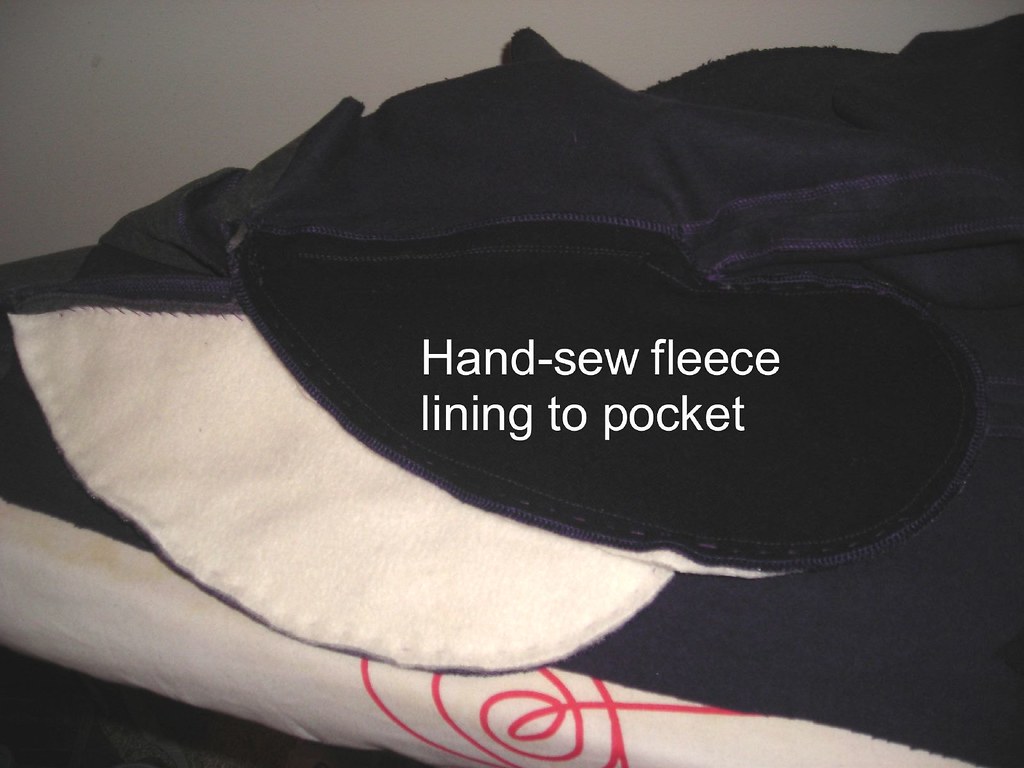 One of the things she mentioned was pulling the pocket bags to the inside of her interlining. Making sure pockets are interlined sounded brilliant to me. I definitely planned to interline my coat (more on that later) but to be absolutely sure my pockets would be as warm as possible, the last step was to hand sew a fleece interlining to the lining side of the pocket (this is the side that faces outward).
One of the things she mentioned was pulling the pocket bags to the inside of her interlining. Making sure pockets are interlined sounded brilliant to me. I definitely planned to interline my coat (more on that later) but to be absolutely sure my pockets would be as warm as possible, the last step was to hand sew a fleece interlining to the lining side of the pocket (this is the side that faces outward). Having worn the coat now for a week I am thrilled with these pockets. They look cute, they are capacious (I was carrying a mini-pack of kleenex in one earlier in the week when I had a cold) but not cavernous (I can reach the bottom), they are sturdy, and they are warm. You really can't ask for more! Once I decided to add the contrast bits to the coat so the facing would make sense I had a little moment of wondering whether I should have made the welts in navy, but I think purple was definitely the better choice. Navy welts would have been too cutesy.
Having worn the coat now for a week I am thrilled with these pockets. They look cute, they are capacious (I was carrying a mini-pack of kleenex in one earlier in the week when I had a cold) but not cavernous (I can reach the bottom), they are sturdy, and they are warm. You really can't ask for more! Once I decided to add the contrast bits to the coat so the facing would make sense I had a little moment of wondering whether I should have made the welts in navy, but I think purple was definitely the better choice. Navy welts would have been too cutesy. But of course pockets for your hands are not enough in a coat! I wanted to put pockets in the lining. My standard for the size and capacity was that if I wear this coat on a trip somewhere I want to be able to keep my passport, extra credit card, camera, and miscellaneous other small items in them. I did two pockets. On the left side is a zippered welt pocket, and on the right a patch pocket (made of two interfaced layers of lining). Now that I know how to make a welt pocket, a zippered welt is a cinch, and I think it looks great. Melissa and I were again in sync on this because I put my bright green zipper in before she showed off the colored zippers in her faux fur jacket.
But of course pockets for your hands are not enough in a coat! I wanted to put pockets in the lining. My standard for the size and capacity was that if I wear this coat on a trip somewhere I want to be able to keep my passport, extra credit card, camera, and miscellaneous other small items in them. I did two pockets. On the left side is a zippered welt pocket, and on the right a patch pocket (made of two interfaced layers of lining). Now that I know how to make a welt pocket, a zippered welt is a cinch, and I think it looks great. Melissa and I were again in sync on this because I put my bright green zipper in before she showed off the colored zippers in her faux fur jacket.Here I am, demonstrating the in-seam pockets:
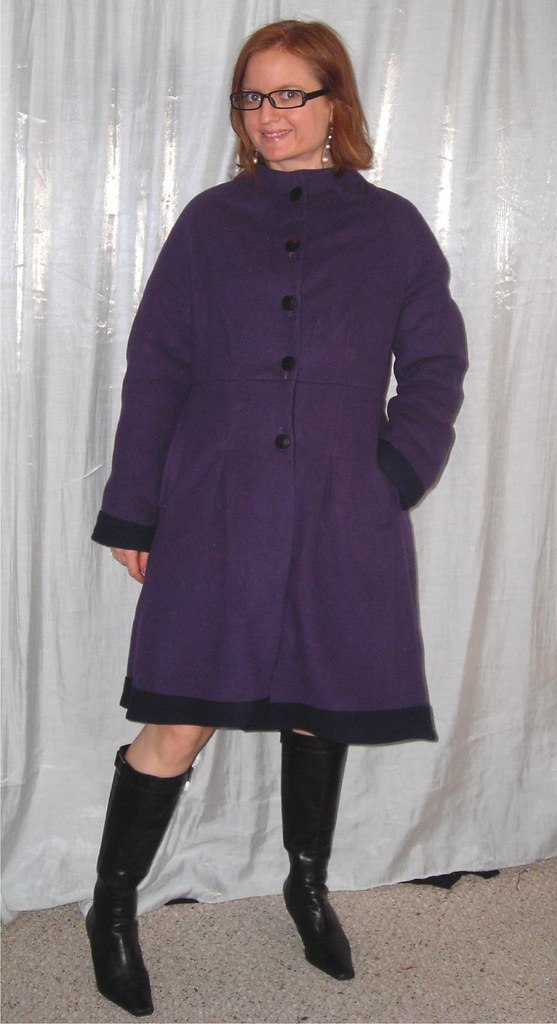
Still to come
-Keeping Warm
-Aesthetics
-Overall Review
You can check out all the photos of this project, Patrones 272-37, here.

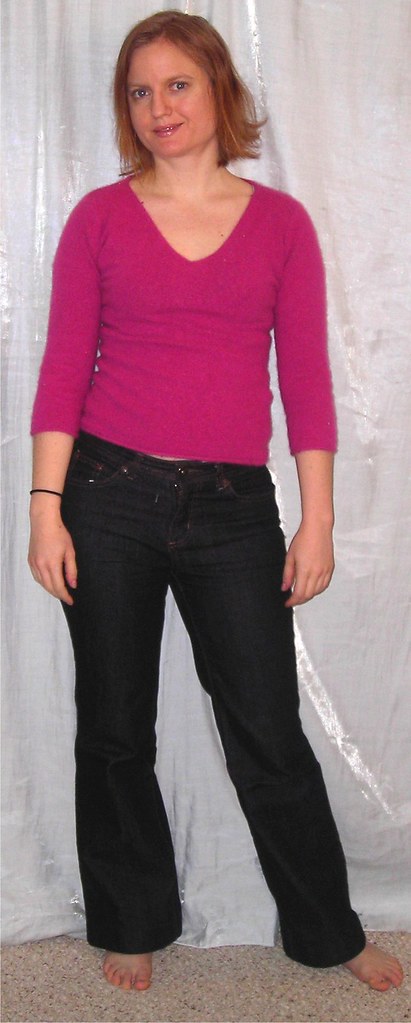
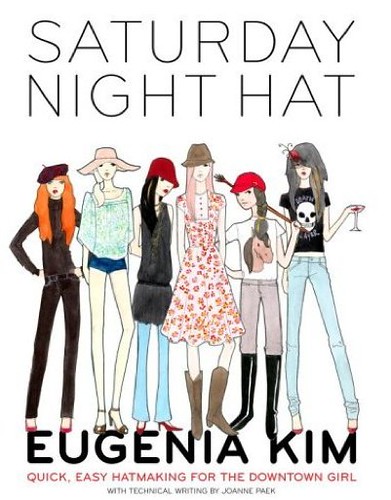

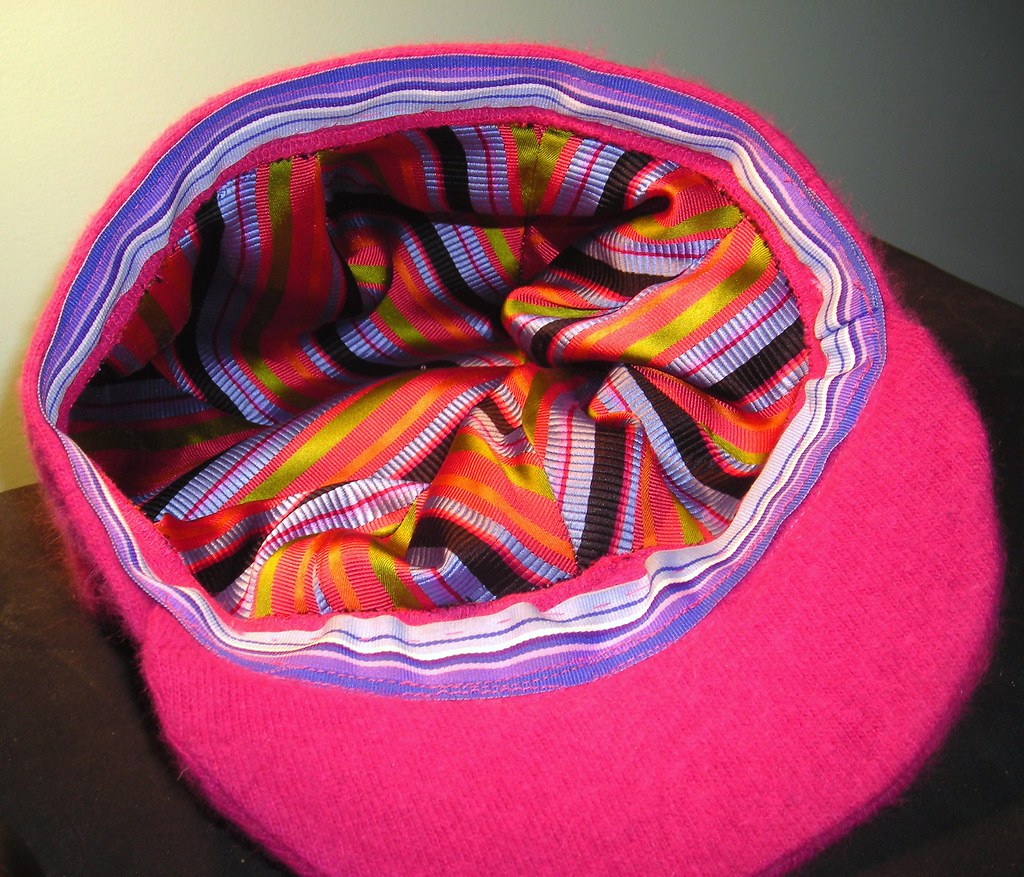
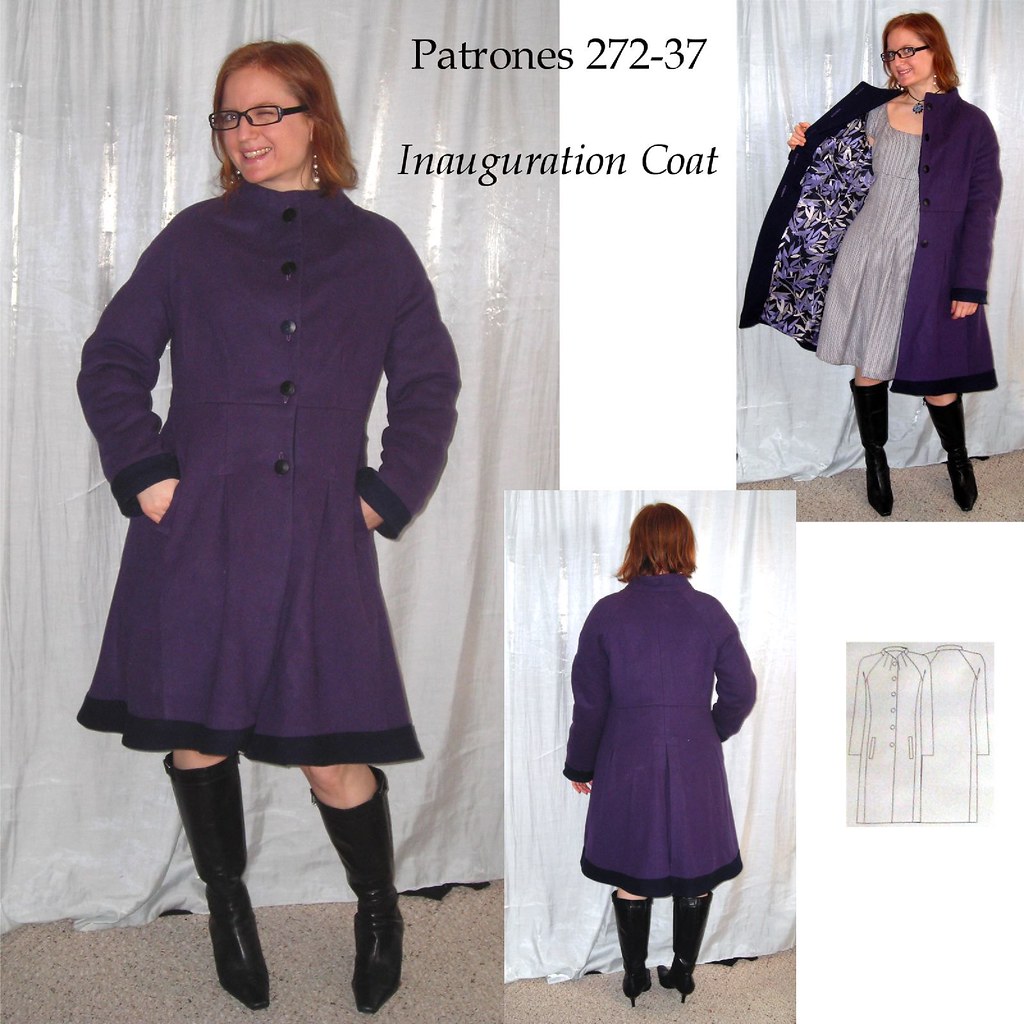

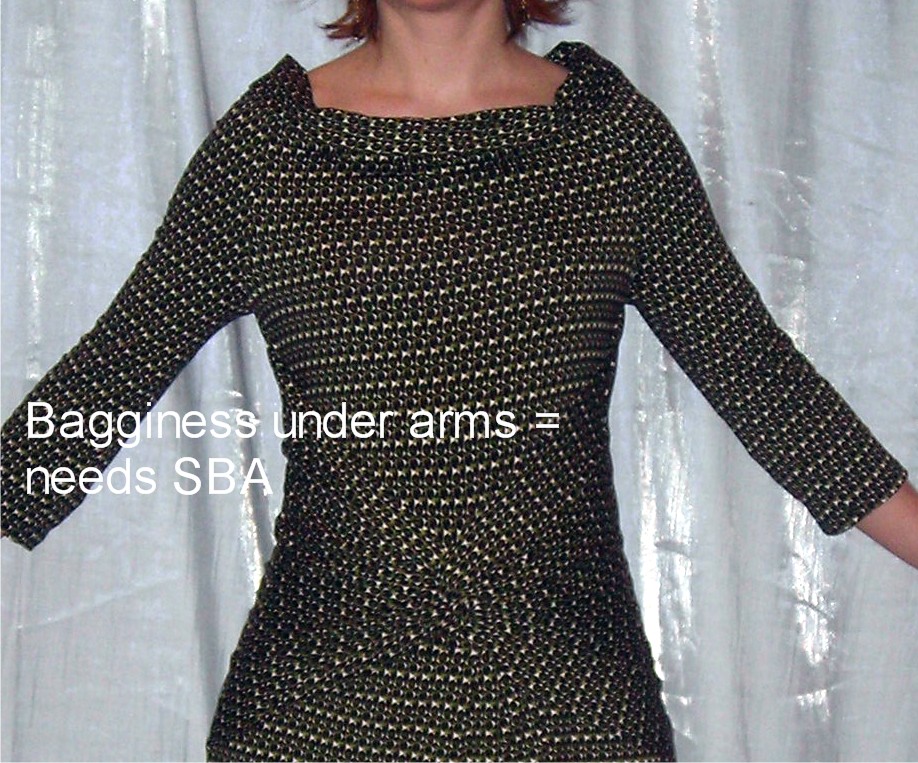






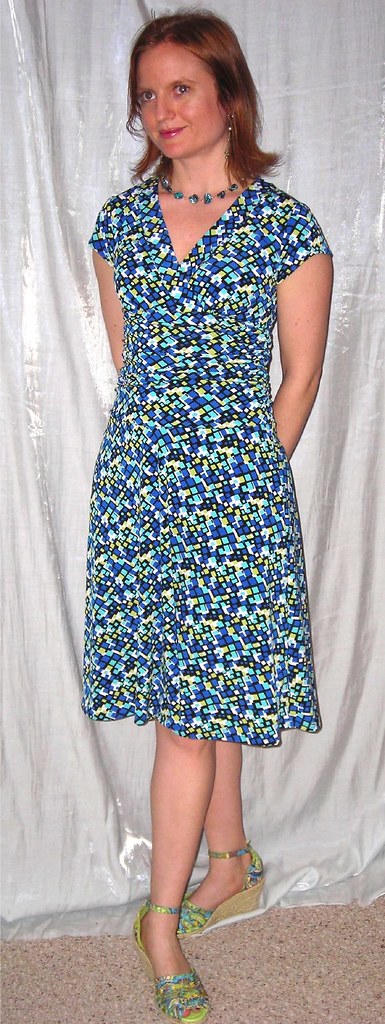

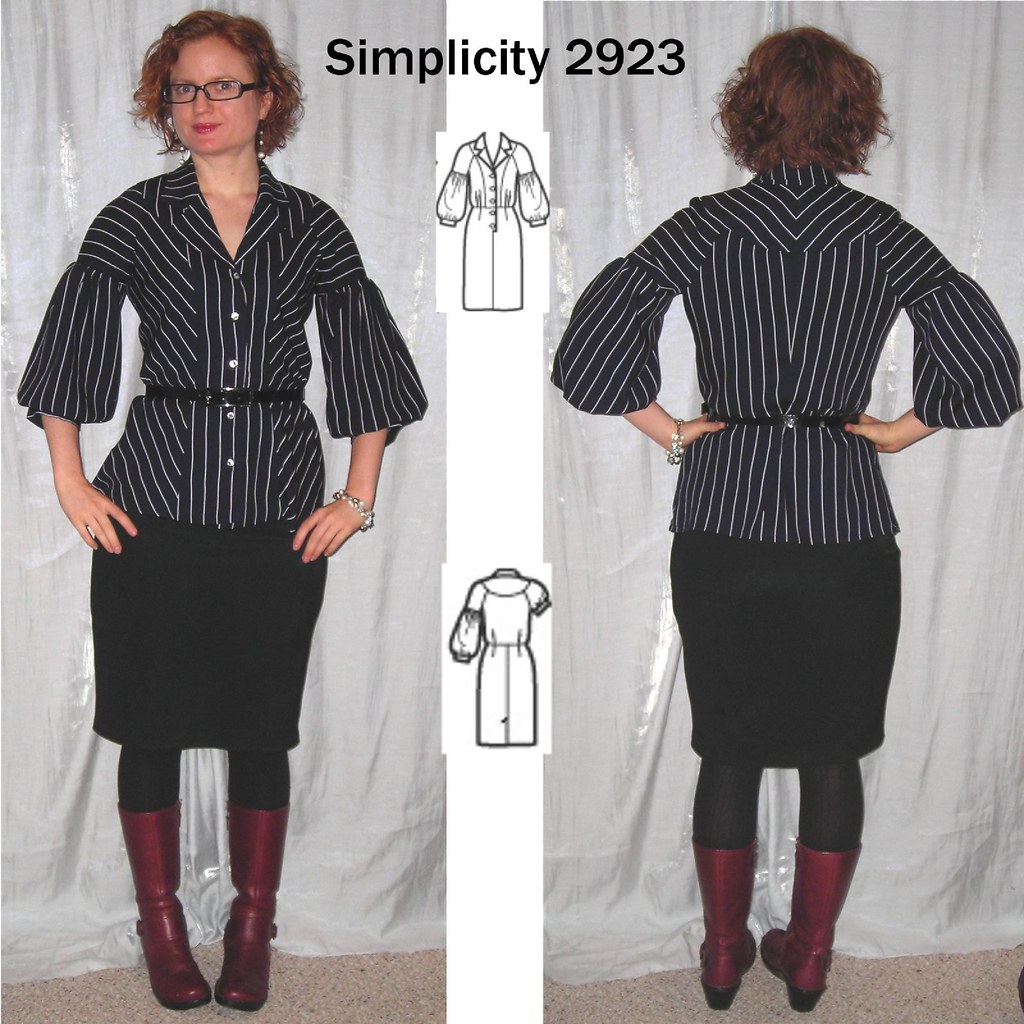
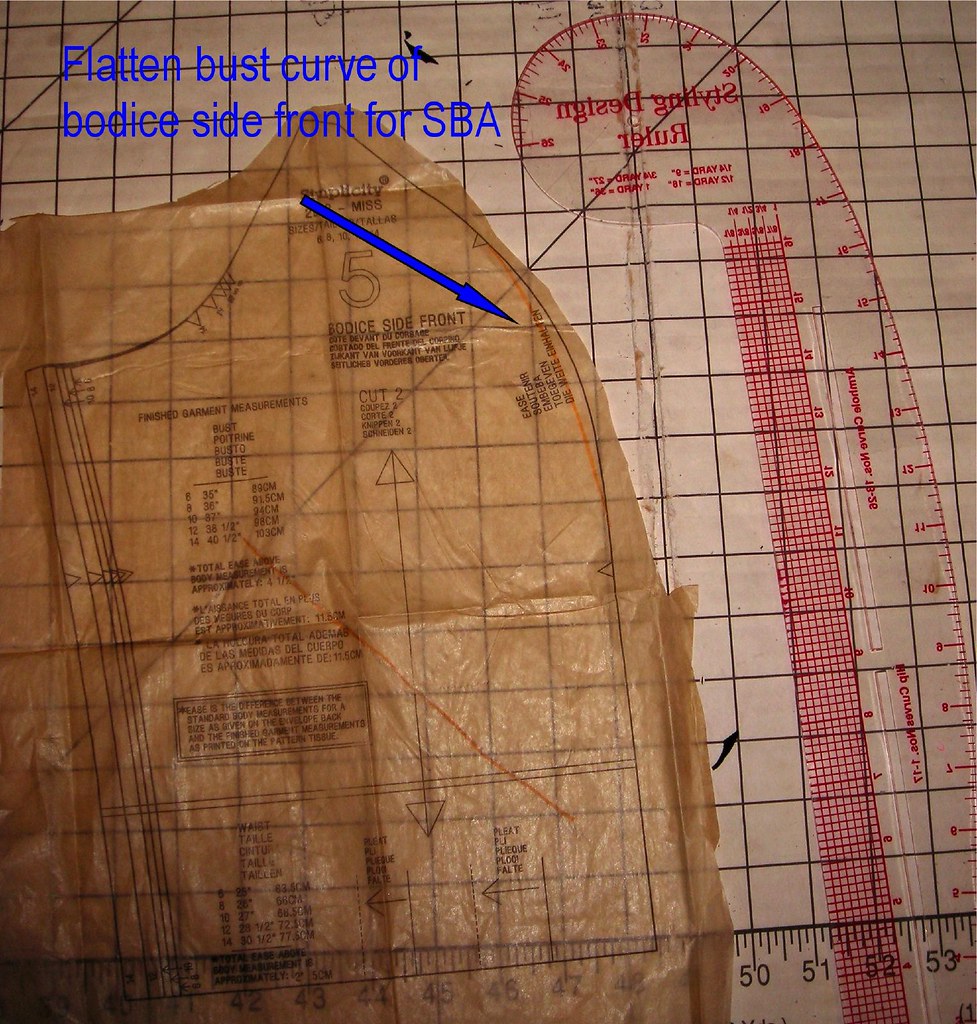
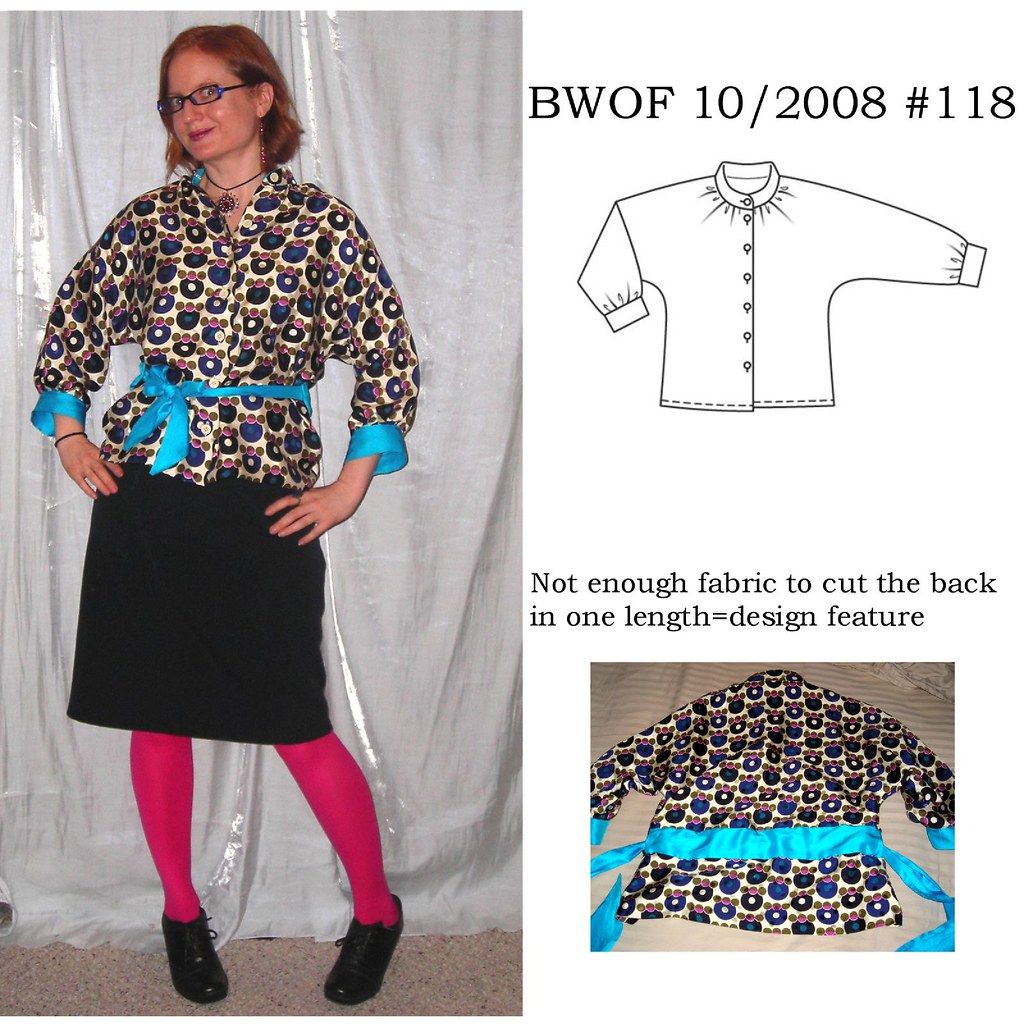

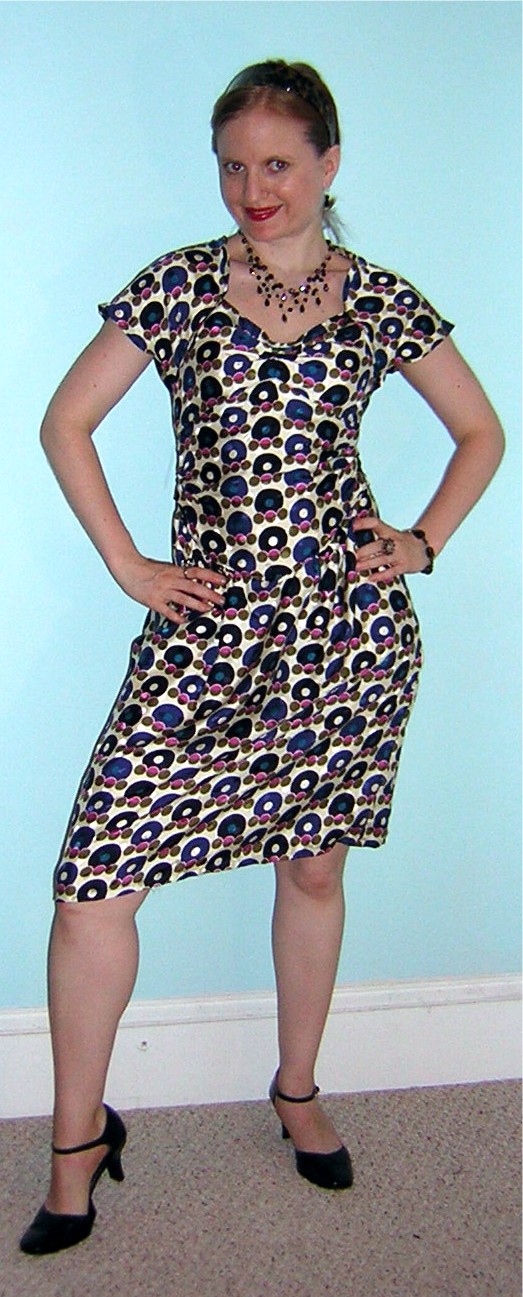

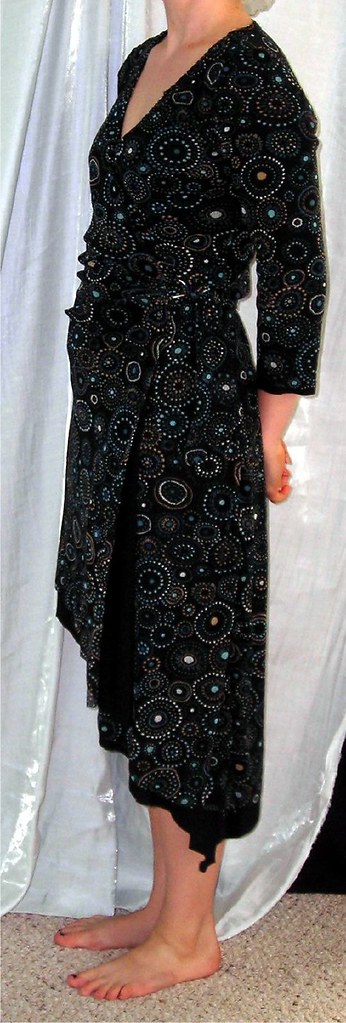
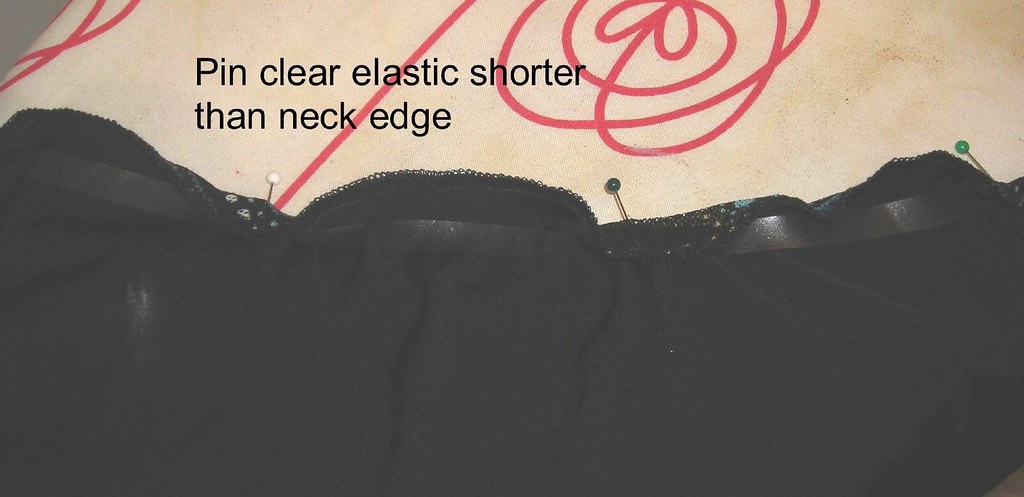
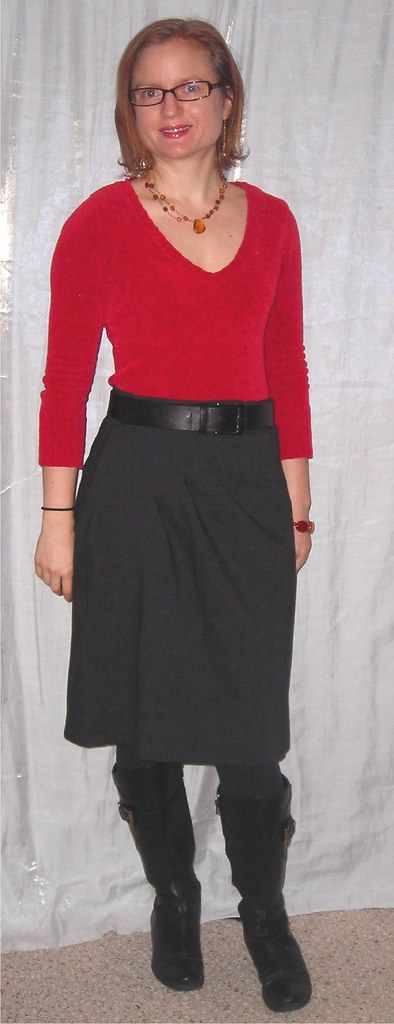
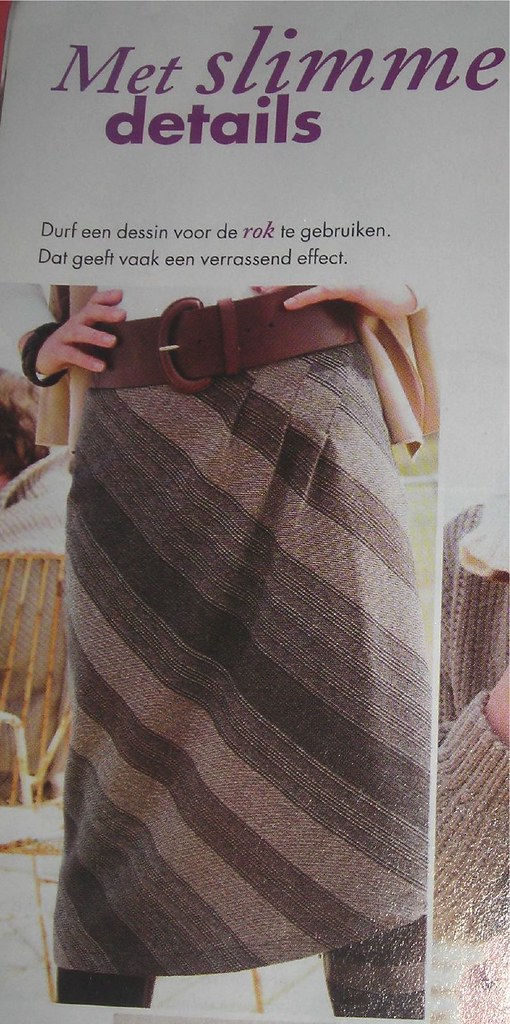

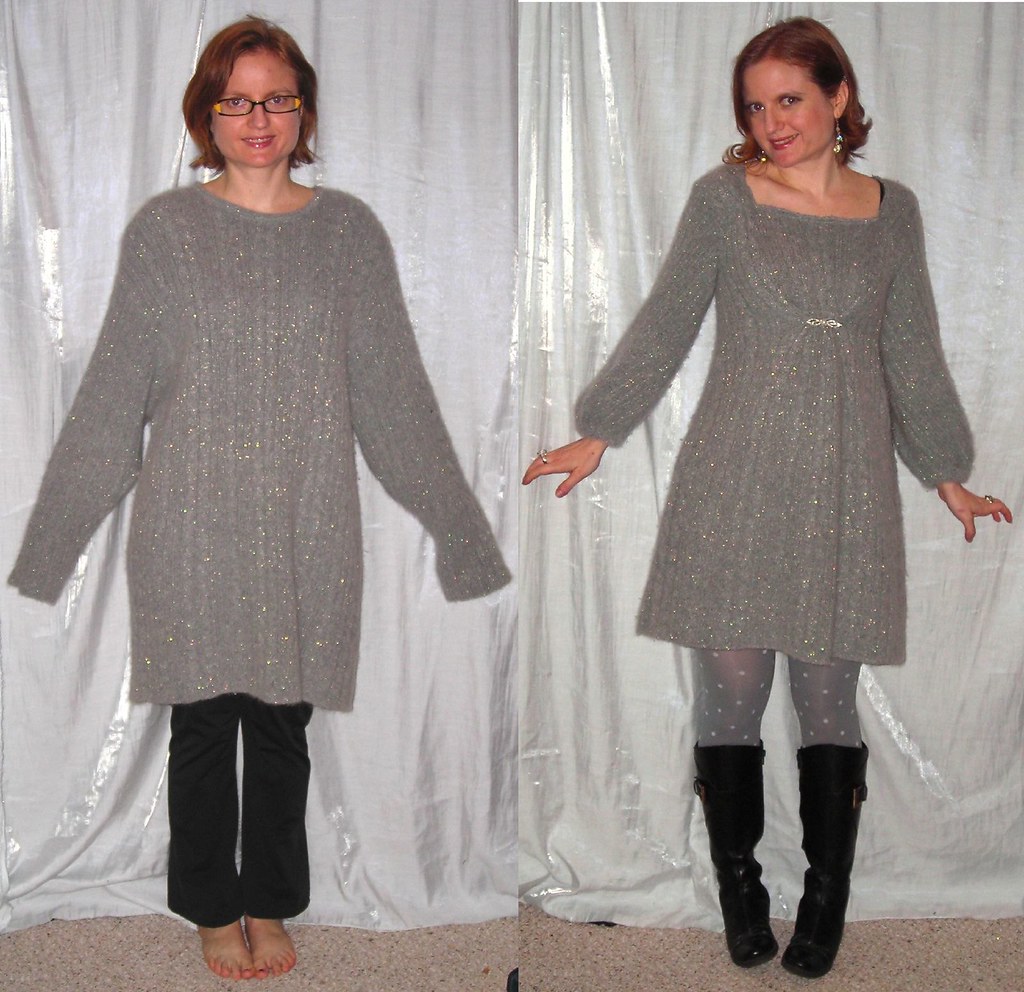
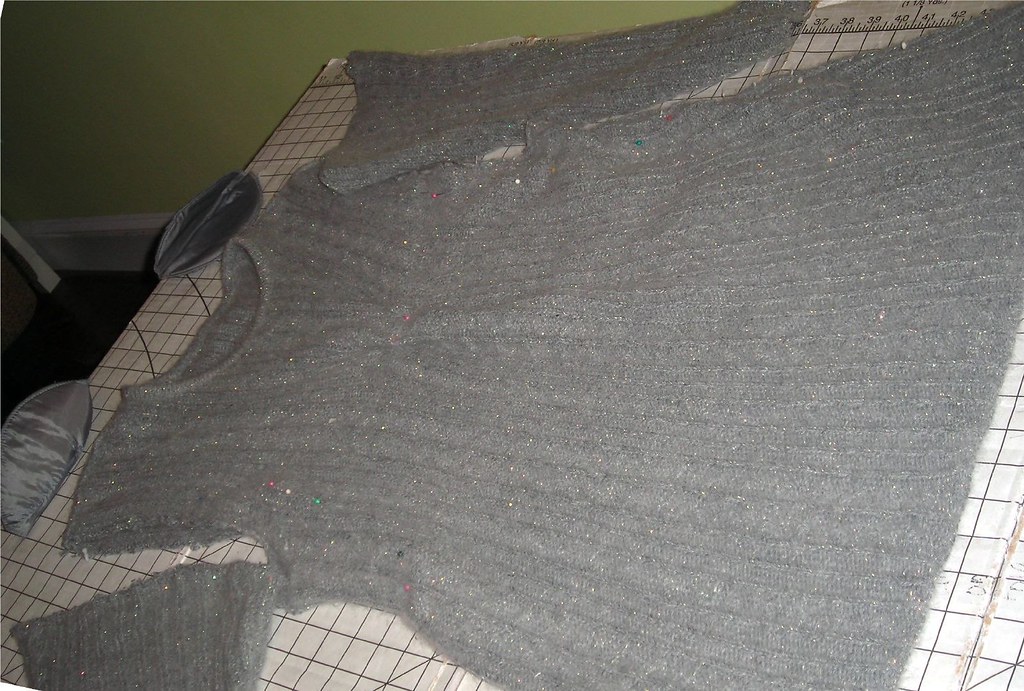











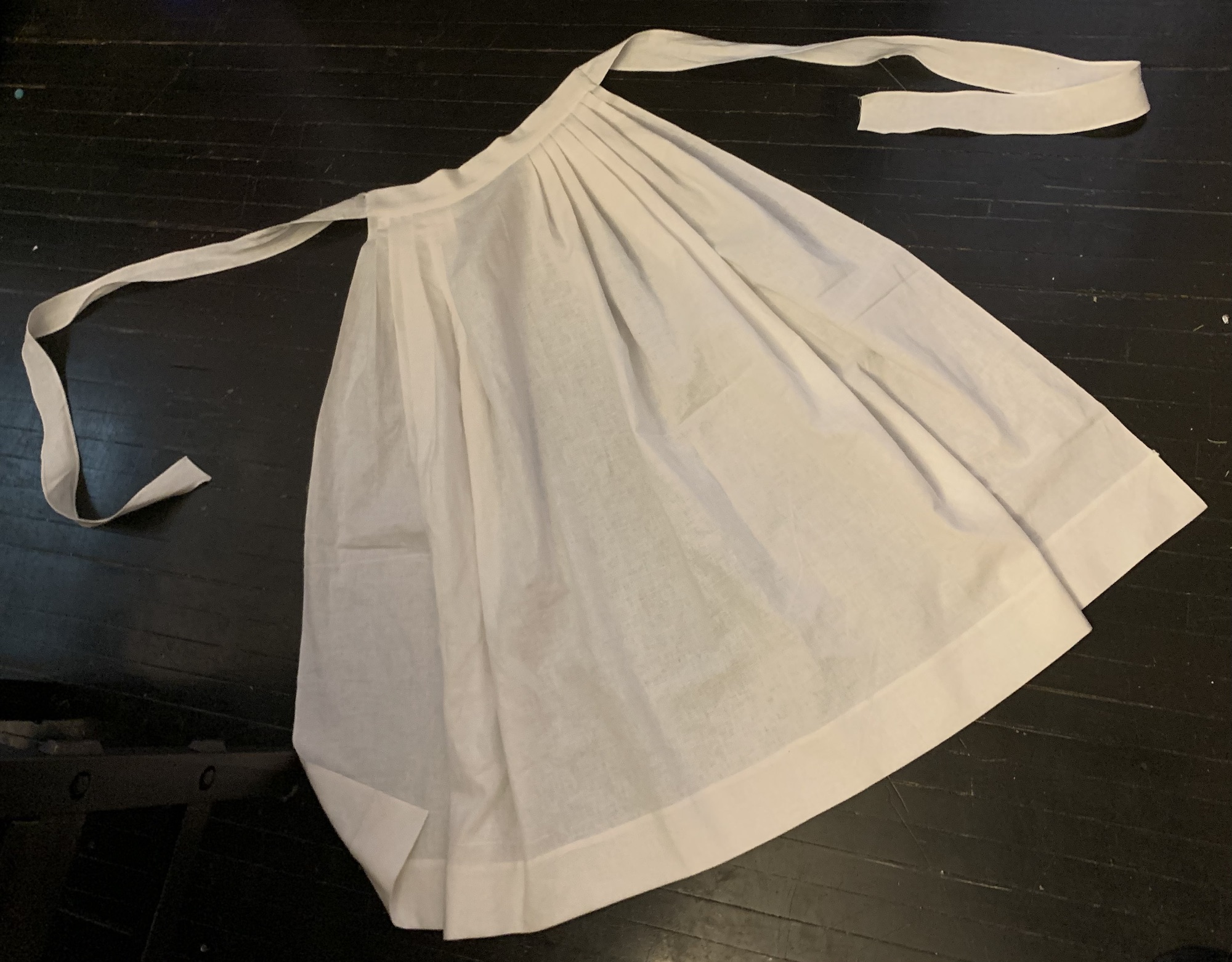






















































.jpg)













